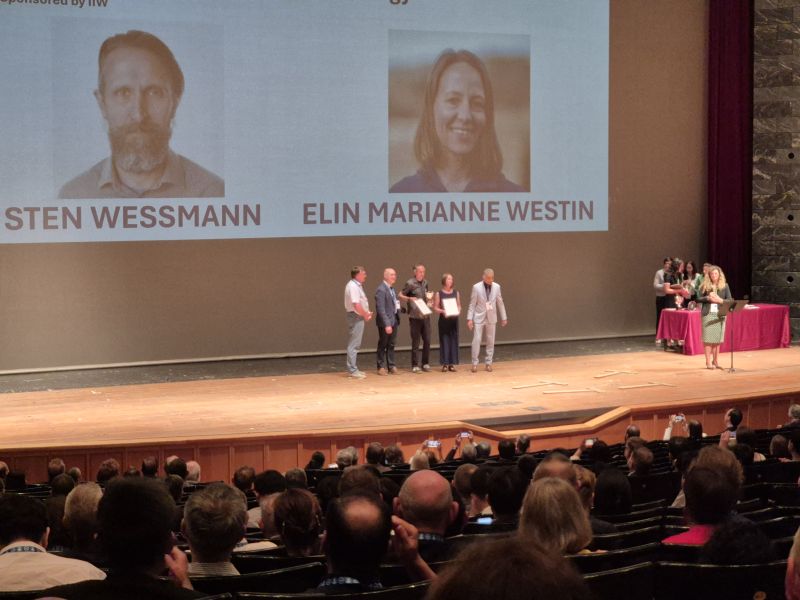Low-Manganese Wires Win Best Paper at IIW 2025

At the 78th Annual Assembly of the International Institute of Welding (IIW) in Genova, Italy, the Best Paper Award in Category B for 2025 went to a paper focused on a crucial health and productivity issue in welding. The authors — Sten Wessman from Swerim and Elin M. Westin from voestalpine Böhler Welding — earned recognition for their joint work titled “Characteristics of high-temperature heat-affected zones in duplex stainless steels.” Their research reflects ongoing industry concern over manganese exposure in welding fumes and its neurological health risks.
The study zeroes in on metal-cored and flux-cored wires, both valued in structural applications for their efficiency. However, they’re also known for producing more welding fumes compared to solid wires. This paper tackles the issue head-on by testing new low-manganese (low-Mn) wire compositions, designed to reduce manganese emissions without compromising weld performance. The results are worth noting: emission reductions of 25–70% for metal-cored and 60–85% for flux-cored wires under comparable conditions.

What makes this paper stand out is its direct response to evolving occupational exposure limits and increasing awareness around welder safety. The findings support a growing shift toward cleaner consumables—something the industry needs if it’s serious about both productivity and worker health. Not every conference paper has real-world implications, but this one does.
Here is the article;




Discussion